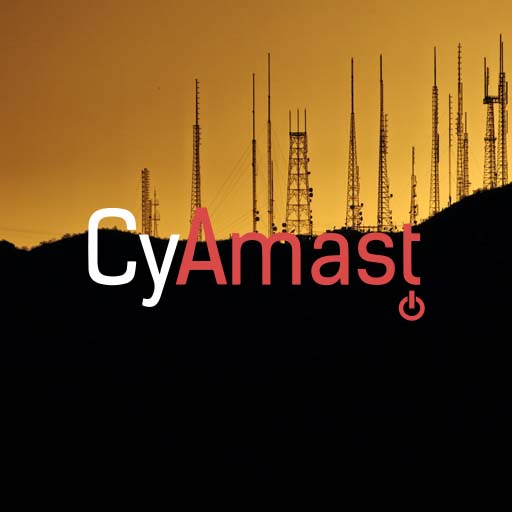Introduction
The evolution of the humble security camera into a cloud-connected multifunction safety device we see used today has come with a plethora of new capabilities and opportunities for security practitioners. Yet with internet-connected devices come risks.
Anything connected to the cloud via the internet has the potential to expand the attack surface of an organisation using such technology. This means more places for a cyber criminal to mount an attack on a corporate system, and more ways sensitive data can be compromised.
Yet some cloud architectures are less risky than others. By and large, any system set up with robust security measures and stringent configuration methodologies will be relatively safe from threats. But architecture based on open-source software is likely to be safer.
Open For Business
In contrast to closed source technology — which is typically owned and maintained by the company that makes it — open-source software is open for anyone to use and, as such, is usually maintained and updated by legions of technical contributors around the world.
Due to contributions from the global open-source community, such software is typically checked for security risks and updated to protect against them far more frequently and rapidly than it is for closed source technology. Open by nature, it is also designed to work with lots of other technology.
Open-source architecture has long been recognised for its flexibility and scalability. With open-source architecture, security systems can integrate seamlessly with a wide variety of devices and applications, enabling a more unified and manageable security infrastructure. This approach means security solutions can be tailored to specific business needs without being locked into proprietary systems that may not evolve at the same pace as their requirements.
A History of Being Open
The security industry is evolving rapidly, driven by the increasing demand for scalable, flexible and secure solutions. Due to these needs, open-source architecture is at the forefront of this evolution, as are open hybrid clouds, which are transforming how security systems are designed and managed.
The irony of this is that, historically, not everyone has been so sure about open-source technology. And one of the lingering concerns about open-source architecture, especially in security applications, is cybersecurity.
Critics have in the past argued that open-source systems are more vulnerable to attacks due to their transparent nature. But of course, given the support open-source technology has behind it, the opposite is true. With the open-source nature of the technology allowing for continuous improvements and rapid responses to emerging threats, it is in fact a more resilient option compared to closed, proprietary systems.
Playing Well With Others
From an integration perspective, open-source architecture also plays well with others thanks to its open nature. As such, cameras and devices built on open platform architecture tend to integrate easily with other open standards and systems.
This gives businesses and their integration partners more freedom to scale their solutions, integrate legacy technology and mix-and-match solutions with other technology more readily, well beyond the portfolio of solutions that may be offered by a single key vendor in a security infrastructure installation project.
Moreover, when systems are based on open platforms and standards, it’s easier to consolidate them into a single cohesive solution, even across multiple locations. In these circumstances, integrators and their customers can apply the knowledge they already have about open systems, which helps to expedite integration and ongoing maintenance of the solution.
Cybersecurity Streamlined
While it may initially seem counterintuitive to think about cybersecurity and open-source architecture together, the open approach is actually the key for stronger cybersecurity, as it promotes transparency.
Additionally, an open platform makes it easier and faster for businesses and their integration partners to install software updates more easily across their ecosystem. This enables businesses to close vulnerability gaps before they can be exploited.
Proprietary systems are, by their very nature, closed. But security solutions built on open platforms are not only more secure and flexible than just about anything closed-source technology can offer, they also create a world of options for integrators and their customers alike, since they’re no longer locked into a single vendor’s hardware, software and applications.





